Over the last few years, transparency about government requests to companies for user information or content restriction has become a central issue for the community of people working to improve human rights online. More and more companies and governments produce transparency reports and other materials aimed at raising public awareness about practices that impact privacy and freedom of expression. Initiatives such as this working group analyse their efforts and push them to do more. In the last few months, WG3 has reflected and acknowledged that in the midst of this work, it’s easy to take for granted what it means to be “transparent”, why it matters, and how you know if it’s working.
In an April blog post, working group member Ben Blink challenged us to develop a people-centred standard for companies and governments to evaluate whether their transparency efforts are adequate and effective in contributing to the protection of human rights online. Stepping back from analysis of specific tactics and tools, how can a company or government evaluate whether they are being meaningfully transparent?
The Group has been further developing this standard over the last few months. In this blog post, they present their revised standard with some explanation of their thinking. They hope this will be a useful tool for companies, governments, and all stakeholders working to improve transparency online.
Read the full blog post here.
Find out more about Working Group 3 here.
